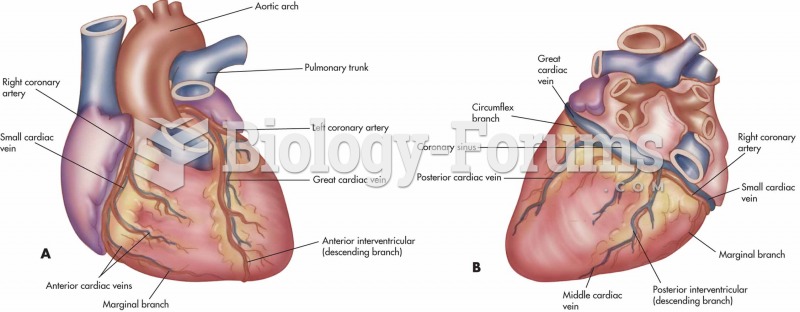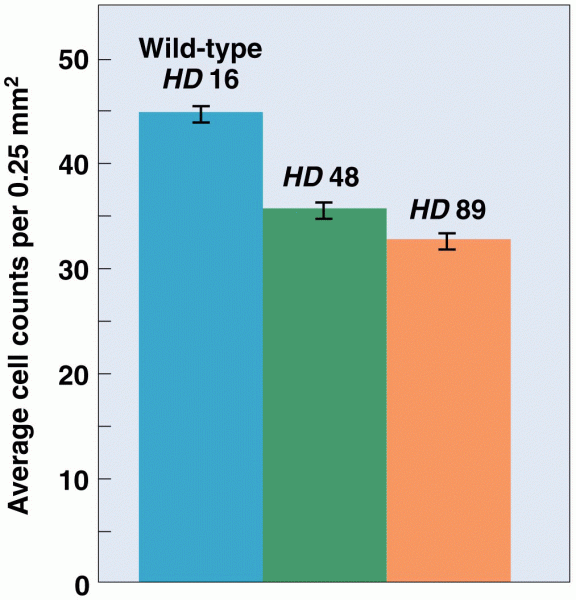This topic contains a solution. Click here to go to the answer
|
|
|
Did you know?
Patients who cannot swallow may receive nutrition via a parenteral route—usually, a catheter is inserted through the chest into a large vein going into the heart.
Did you know?
There are 60,000 miles of blood vessels in every adult human.
Did you know?
There are more bacteria in your mouth than there are people in the world.
Did you know?
The first oncogene was discovered in 1970 and was termed SRC (pronounced "SARK").
Did you know?
Many supplement containers do not even contain what their labels say. There are many documented reports of products containing much less, or more, that what is listed on their labels. They may also contain undisclosed prescription drugs and even contaminants.
 Coronary circulation. (A) Coronary vessels portraying the complexity and extent of the coronary circ
Coronary circulation. (A) Coronary vessels portraying the complexity and extent of the coronary circ
 The relative influence of heredity and the environment in human behavior has fascinated and plagued ...
The relative influence of heredity and the environment in human behavior has fascinated and plagued ...





